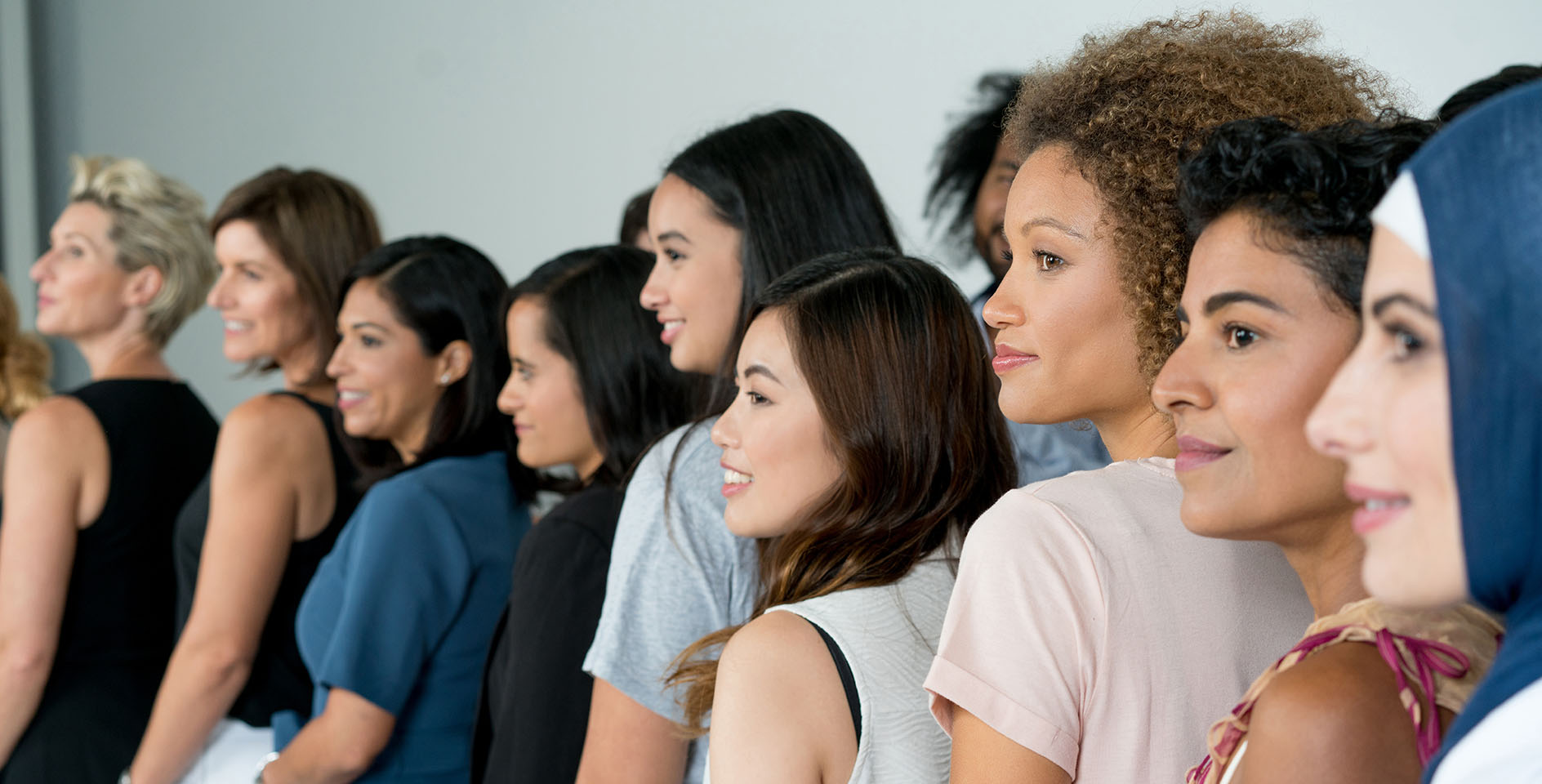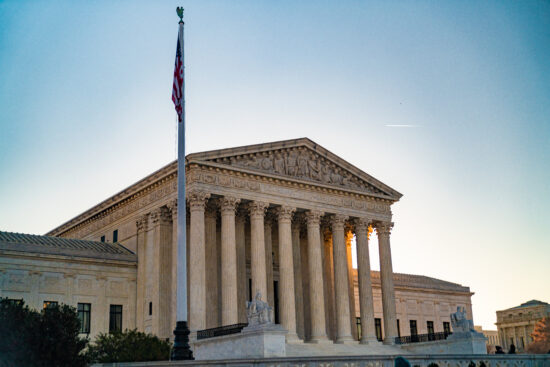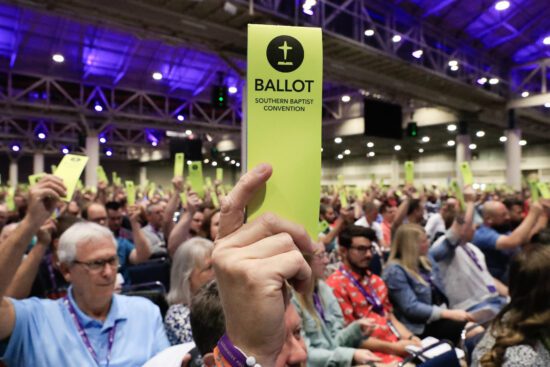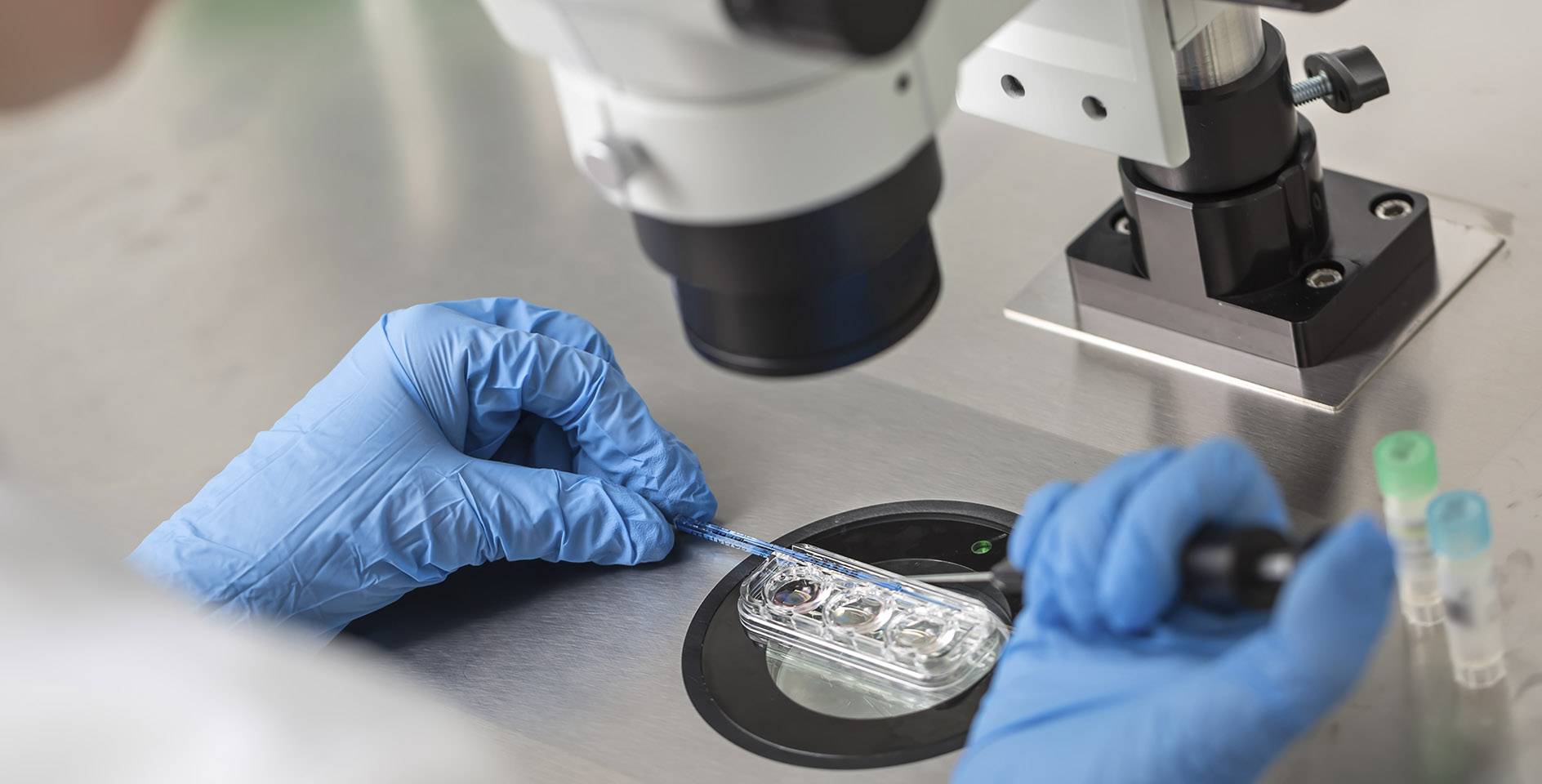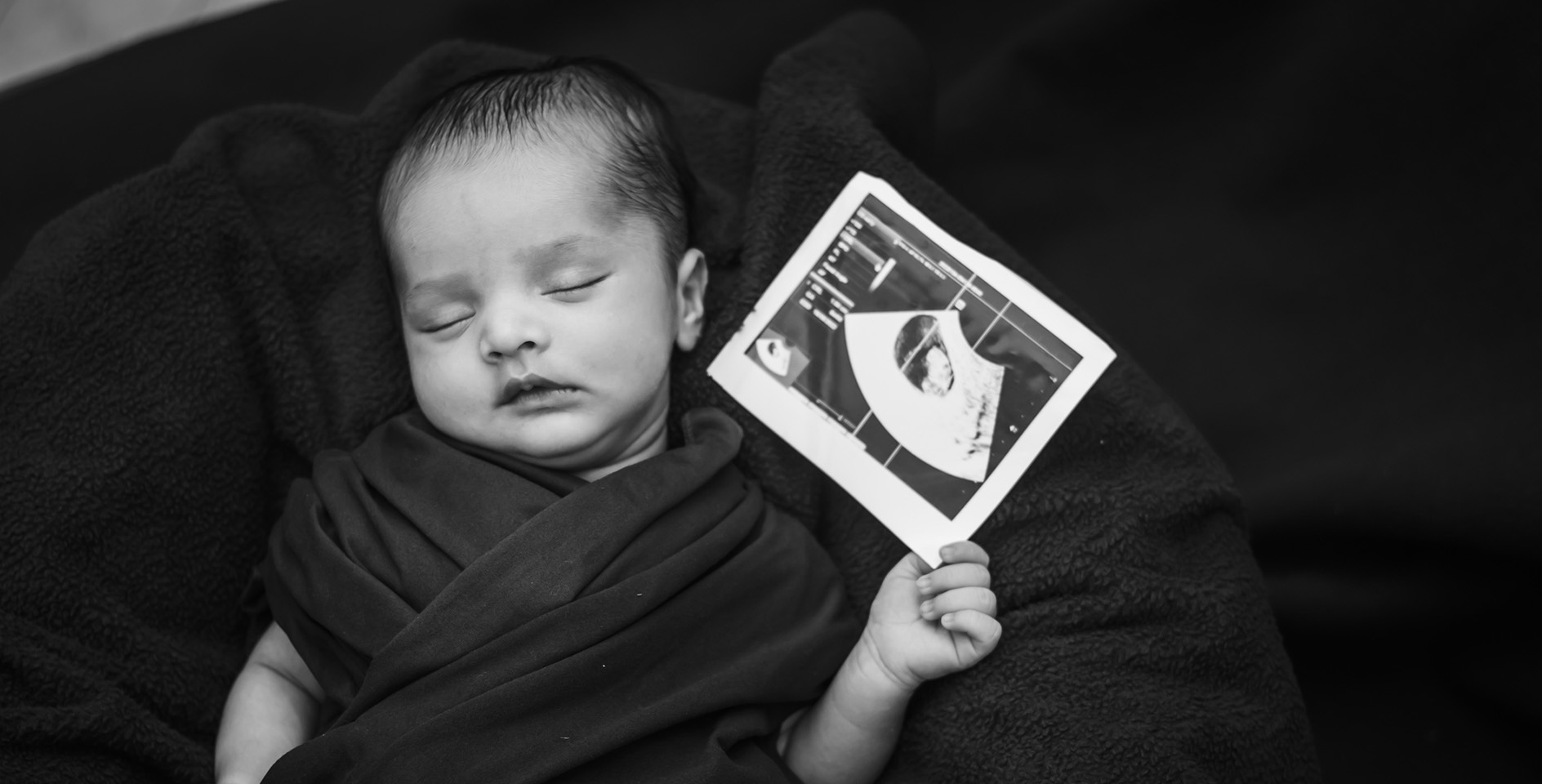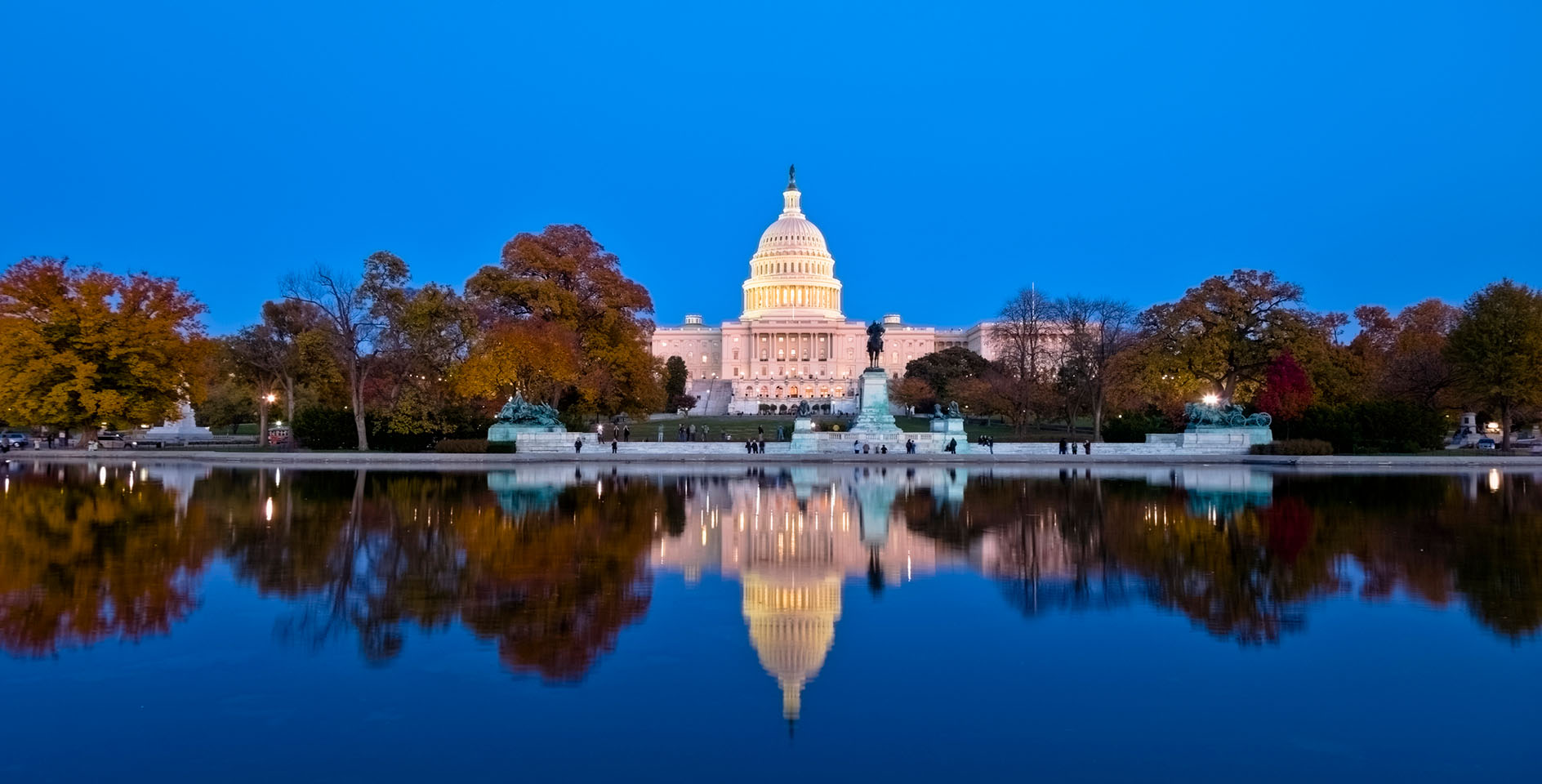Which women in America get an abortion? The answer is more complicated than is often portrayed in the media or in online discussions. The women are indeed likely to be low income, but are also likely to be educated (and in graduate school). They are unmarried, but are also mothers. They are also likely to have already had an abortion, and to self-identify as Christian.
As the end of Roe looks to be near and the pro-life cause is moving into a new phase, Christians need to be more prepared to argue and serve based on facts and the shifting demographic realities. Here are some statistics that will help you gain a better understanding of the women in America who choose to have an abortion.
The majority of abortions are for women in their 20s.
Women in their 20s accounted for more than half of abortions (56.9%), according to a report by the Centers for Disease Control in 2019 (the last year that data was available). Women aged 20–24 and 25–29 years accounted for the highest percentages of abortions (27.6% and 29.3%, respectively) and had the highest abortion rates (19.0 and 18.6 abortions per 1,000 women aged 20–24 and 25–29 years, respectively).
By contrast, adolescents aged <15 years and women aged ≥40 years accounted for the lowest percentages of abortions (0.2% and 3.7%, respectively) and had the lowest abortion rates (0.4 and 2.7 abortions per 1,000 women aged <15 and ≥40 years, respectively). Adolescents aged 18–19 years accounted for the majority (70.2%) of adolescent abortions and had the highest adolescent abortion rates (8.6 and 12.2 abortions per 1,000 adolescents aged 18 and 19 years, respectively).
Women of color have the most abortions.
Among the 30 areas that reported race by ethnicity data for 2019, non-Hispanic White women and non-Hispanic Black women accounted for the largest percentages of all abortions (33.4% and 38.4%, respectively), and Hispanic women and non-Hispanic women in the other race category accounted for smaller percentages (21.0% and 7.2%, respectively)
Non-Hispanic White women had the lowest abortion rate (6.6 abortions per 1,000 women) and ratio (117 abortions per 1,000 live births), and non-Hispanic Black women had the highest abortion rate (23.8 abortions per 1,000 women) and ratio (386 abortions per 1,000 live births).
The majority of women who abort are unmarried.
Among the 42 areas that reported by marital status for 2019, 14.5% of women who obtained an abortion were married, and 85.5% were unmarried. The abortion ratio was 46 abortions per 1,000 live births for married women and 394 abortions per 1,000 live births for unmarried women.
The majority of women who abort are mothers.
Among the 45 areas that reported the number of previous live births for 2019, 40.2% of women had no previous child, 24.5% had one, 20.0% had two, 9.2% had three, and 6.0% had four or more children. In total, a significant majority of women who had an abortion (59.8%) had previously had a child.
Almost half had more than one abortion.
Among the 44 areas that reported the number of previous induced abortions for 2019, the majority of women (58.2%) had previously had no abortions, 23.8% had previously had one abortion, 10.5% had previously had two abortions, and 7.5% had previously had three or more abortions. Altogether, 41.8% of women who had an abortion in 2019 had previously had at least one abortion.
Most women who abort are educated.
Fewer than 1 in 10 women (9%) who had an abortion in 2014 of abortion patients aged 20 or older had less than a high school degree, while the overwhelming majority — 91% — had graduated from high school. More than 1 in 5 had a college degree, according to the Guttmacher Institute, a reproductive health research group that supports abortion rights
Almost 1 in 4 (24%) of women who had an abortion in 2014 were currently attending school. That number includes 72% of minors and 53% of 18–19-year-olds. Only 14% of those currently in school had not graduated from high school. About 2 in 3 (66%) had some college or a college degree, suggesting, according to Guttmacher, “that most abortion patients who were students were pursuing postsecondary degrees.”
Most women who abort are low income.
Almost half (49%) reported having family incomes of less than 100% of the federal poverty level (equivalent to less than $21,720 for a family of 3 in 2020). But a majority were not in poverty. More than 1 in 4 (26%) had incomes that were 100–199% of the poverty threshold (between $21,720 and $43,223), while 1 in 4 (25%) had incomes of 200% or more of the poverty threshold ($43,440 or greater).
Most women who abort identify as Christian.
More than 1 in 3 women surveyed (38%) did not identify with any religion. About 1 in 4 identified as Roman Catholic. About 17% identified as mainline Protestant while 13% identified as evangelical Protestant. Altogether, 54 of women who had an abortion identify with a Christian tradition. Another 8% identified with some other religion.
As Christians grapple with this information, some of it surprising, one of the ways we can respond is by praying for wisdom in how to use it to care for women, proclaim forgiveness and redemption through Christ, and plead for the preborn girls and boys to be given a chance at life. And while we pray, let’s tirelessly work toward and for a future where abortion is unthinkable.
